Grass for Cat vs Catnip: What Are the Main Differences?
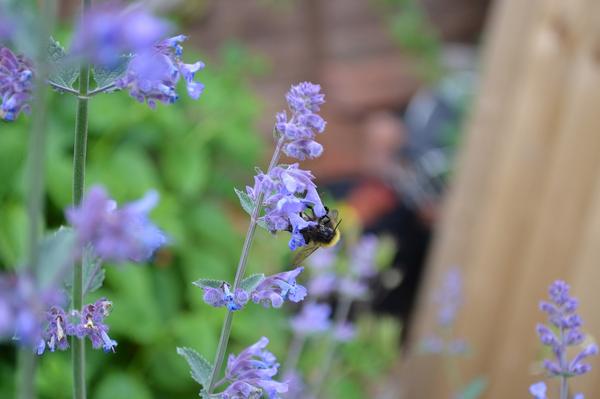
Looking to add some green goodness to your feline friend's life?
Feeling concerned about providing the purrfect plant paradise?
Wondering whether to go for cat grass or catnip? 😺
Let's untangle this green web together.
Ready?
Let's dive in!
Choosing Between Cat Grass and Catnip for Your Pet
Understanding what your cat likes when it comes to cat grass and catnip is key.
Here's what you should know:
- If your cat enjoys nibbling on grass or houseplants that could be dangerous, cat grass can be a safe option. It helps with digestion and keeps their gut healthy.
- Indoor cats benefit from having catnip at home. Not only does it have nutritional value, but it also provides mental stimulation for them.
- Pay attention to how your cat reacts to both cat grass and catnip. This will tell you which one they prefer. Some cats go crazy for catnip, while others are more interested in cat grass.
- Make playtime fun by incorporating cat grass or catnip. Your cat can indulge in their natural instinctive behaviors and explore.
- Always make sure the cat grass and catnip you give your cat come from trustworthy sources. You don't want any harmful substances like pesticides endangering your furry friend.
Showering your cat with love, proper food, and entertaining activities is crucial for their all in all happiness and well-being.
Main points I'll expand upon further down this article:
- Catnip is an herb related to mint, while cat grass is a different plant consisting of various grasses.
- Catnip has heart-shaped, fuzzy leaves with serrated edges, while cat grass has long, thin, and flat leaves.
- Catnip is usually sold dried, while cat grass is typically sold fresh.
- Cat grass provides essential vitamins, aids digestion, and improves digestive health.
- Catnip induces a high or excessive excitement in cats and has calming properties.
- Catnip should be limited to a few times per week to avoid tolerance.
- Catnip is commonly used to calm cats, promote active play, and reduce anxiety.
- Cat grass mimics the natural behavior of eating prey and can encourage vomiting to aid in hairball problems.
- Catnip may not have any effect on some cats, while others may have different reactions.
- Cat grass is easy to grow indoors or outdoors, while catnip is easier to find and grow.
But what exactly is the difference between cat grass and catnip?
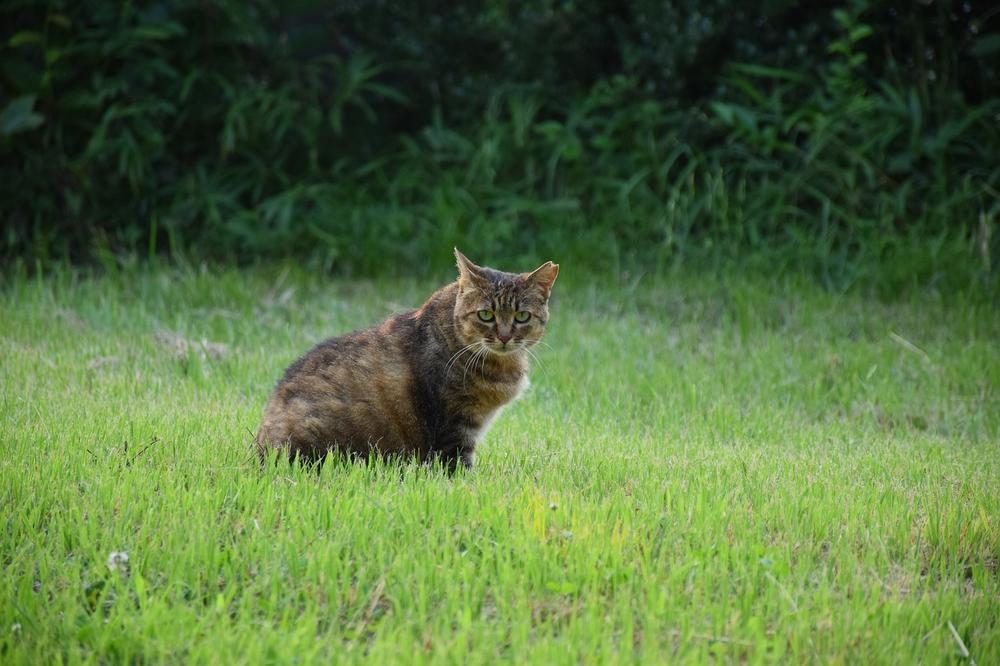
And which one is right for your furry friend?
Well, let me satisfy your curiosity by diving into the details of these two options.
You may be surprised at how each plant offers distinct benefits that can enhance your cat's overall well-being.
So, let's explore further and find out which option suits you and your pet best!
The Difference Between Cat Grass and Catnip
| Aspect | Cat Grass | Catnip |
|---|---|---|
| Appearance | Long, slender leaves | Small, heart-shaped leaves |
| Growth Habit | Grows in tufts or clumps | Grows in bushy, upright stems |
| Taste | Mild, fresh, and slightly sweet | Pungent and aromatic |
| Nutritional Benefits | Rich in vitamins and minerals | Contains essential oils and vitamins |
| Aids Digestion | Helps eliminate hairballs and aids digestion | Not known to aid digestion |
| Uses | Great for grazing and promoting healthy teeth | Often used to stuff toys and encourage playfulness |
| Available Options | Sold fresh in pots or as seeds | Usually sold dried, can be crushed or sprinkled |
Cat grass and catnip may sound similar, but they have their differences.
First of all, cat grass is a real lifesaver for cats who enjoy nibbling on grass. If your cat has a tendency to munch on grass or chew potentially toxic houseplants (cats can be quite adventurous little creatures), cat grass provides a safe alternative.
It not only satisfies their grass cravings, but it also packs in essential vitamins such as folic acid.
Plus, cat grass helps with waste elimination - because no one wants a constipated kitty!
On the other hand, catnip is an herb related to mint.
It belongs to the Nepeta cataria, a member of the mint family (yes, you read that right!).
Catnip is famous for its medicinal properties and is commonly used to stuff cat toys.
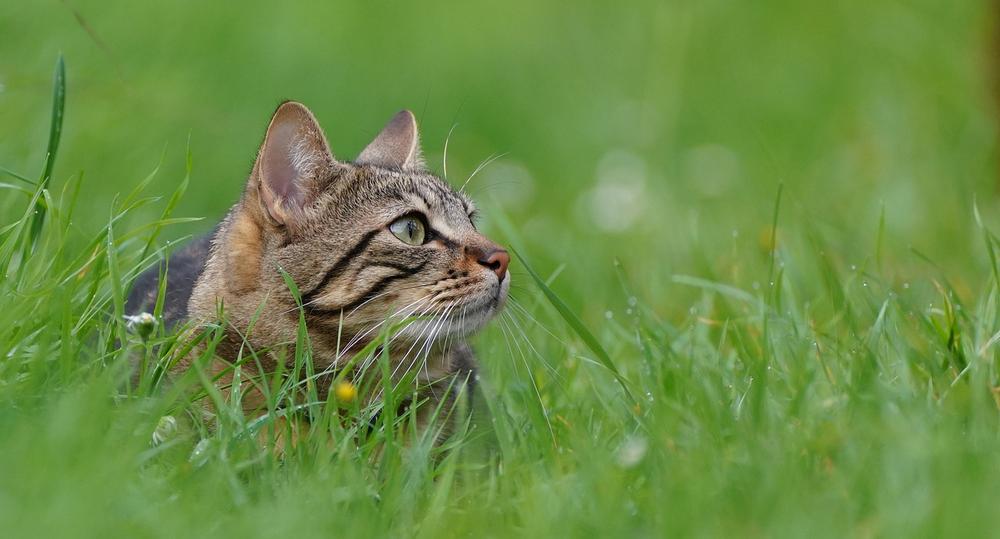
Unlike cat grass, catnip has heart-shaped, fuzzy leaves with serrated edges.
Typically, catnip is sold dried, while cat grass is sold fresh - so keep that in mind when shopping around.
Oh, by the way, different types of cat grass and catnip plants can vary in smell and taste.
It's kind of like how certain wines taste different depending on the grapes used.
Now you know the difference between cat grass and catnip.
Your cat will thank you (meow!)!
But here's the thing you may not know...
Catnip has its own range of benefits and effects on cats.
Are you ready to dive into the fascinating world of catnip and uncover what it can do for your feline friend?
Understanding the Effects of Cat Grass on Cats
Cat grass improves digestive health
If you have a cat with digestion issues, try giving them some cat grass. It's like a delicious treat that does wonders for their tummy.
Plus, it's packed with essential vitamins that keep them healthy and strong.
So not only will your furry friend get relief from their digestive problems, but they'll also be getting important nutrients.
Cat grass alleviates various cat woes
Did you know that cats can experience bloating, upset stomachs, anxiety, stress, and even depression?
Just like us, they have emotions too.
But don't worry, cat grass can help with all of these common feline ailments.
When they chew on cat grass, it actually calms their nerves and makes them feel more at ease.
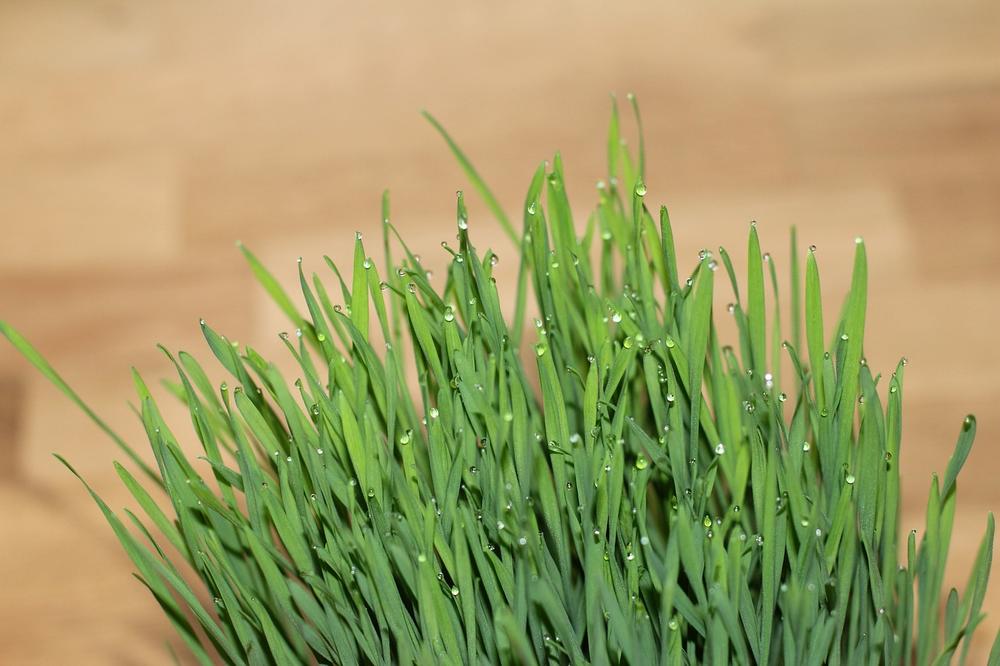
It's like an all-natural anxiety reliever for our furry friends.
Beware of excessive cat grass consumption
Now, here's something you need to please keep in mind:
While cat grass is generally safe for cats to eat, too much of it can cause tummy troubles.
I'm talking about things like stomach pain, vomiting, diarrhea, and nausea.
Trust me, dealing with that mess is not fun. So it's best to moderate your cat's intake and stick to less than 10% of their daily calorie intake.
With that being said, cat grass can still be a fantastic addition to your cat's diet. Just make sure that you enjoy its benefits in moderation!
Now, you might be wondering about the effects of catnip on cats and how they compare to cat grass.
Well, it's time to dive into the fascinating world of catnip and discover its unique properties and potential benefits for our feline friends.
But first, let's understand why catnip can induce such a strong reaction in some cats.
Understanding the Effects of Catnip on Cats
Understanding the effects of catnip on cats can be a bit perplexing, but fear not, my friend, I'm here to break it down for you.
Catnip is like a little drug for cats, providing them with a serious high that gets them feeling all kinds of excited. It's like they're partying without ever leaving your living room!
But hold on, because these effects can vary from cat to cat.
Some kitties get super relaxed and chilled out by catnip, which is great if your feline friend tends to stress out easily.
It's like therapy in herb form - who knew?
Now, don't expect the party to last too long.
The effects of catnip only stick around for about 10 minutes.
So, it's like a quick burst of happiness and relaxation for your cat.
Think of it as a mini vacation in the middle of their busy day.
But, here's where things get interesting.
Not all cats are affected by catnip.
Only a significant percentage of our furry friends show any reaction at all.
It's a genetic thing.
Kittens under six months old don't usually feel the catnip buzz either.
They're basically immune to its powers.
And here's a fun fact:
Cat grass can have similar effects!
So, if catnip isn't your cat's thing, maybe give cat grass a try instead.
You might be wondering, Why would I want to make my cat even more hyper?
Well, my dear reader, catnip can also help shy or anxious cats come out of their shells. It's like liquid courage, but in herb form.
Plus, it can make car rides or vet visits a lot less stressful for both you and your furry friend.
However, you must note that catnip isn't completely risk-free.
While it's generally safe, excessive consumption can cause some tummy troubles or upset stomachs in cats. So, moderation is key.
Now that you understand the effects of catnip, it's time to decide if it's right for your cat.
Please keep in mind their personality, preferences, and any potential health issues. And of course, if you're ever unsure, consult with your veterinarian.
And now, let me share with you something intriguing.
If you're curious to discover the truth about black cats and whether they belong to the Bombay cat breed, then I encourage you to check out my enlightening blog post, Are All Black Cats Bombay Cats.
It's a fascinating read that will satisfy your concerns and help you make informed decisions.
So take a moment to delve into this captivating topic, and quench your curiosity with undeniable facts.
How to Grow Cat Grass and Catnip
Growing cat grass is simple, just like planting any regular seeds. To start, plant the cat grass seeds in soil, ensure to water them regularly, and place them in an area with sunlight exposure.
Cat grass is a mixture of different types of grasses such as barley, rye, wheat, oats, and alfalfa.
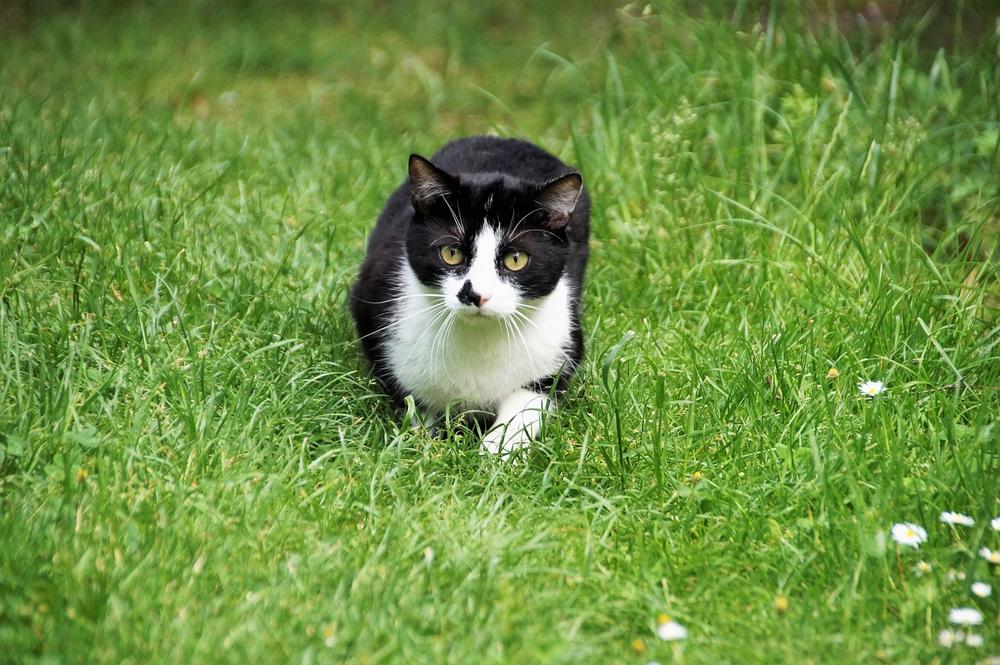
You can grow it either indoors or outdoors, and it requires minimal effort to maintain.
Typically, the growth period for cat grass lasts around 2 to 3 weeks, but PLEASE bear in mind that it may vary depending on the environment.
If you prefer convenience, pre-grown cat grass is also available for purchase. As for catnip, it's even easier to find and grow, with various products specifically made for cat owners.
When growing catnip or cat grass indoors, remember to water the plants when the soil becomes dry, but be careful not to overwater.
And that wraps up today's article.
Before you leave, can I ask you something? Did my blog post help you out? If it did, I would be truly grateful if you could share it with your loved ones. Just click on one of the social media icons to instantly spread the word. Thank you so much!
Talk soon,
-Sarah Davis